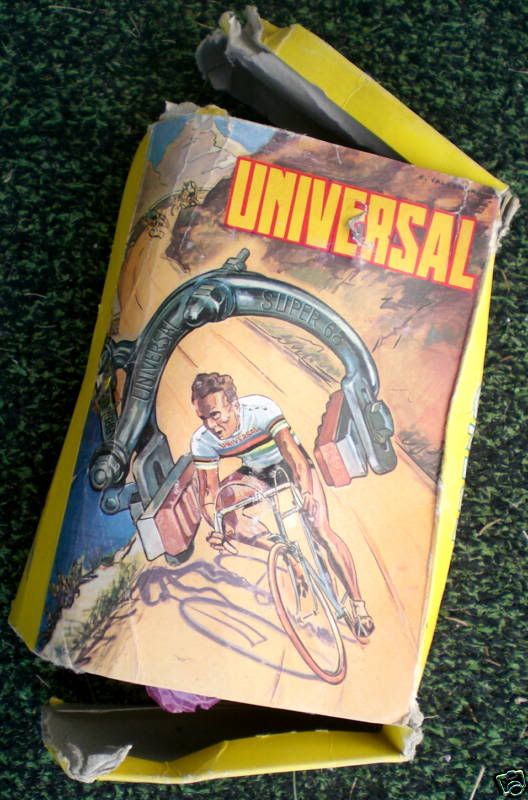You’re photos aren’t coming up, but I think I know what you’re talking about.
Companies that offer fixed, free, fixed/free, fixed/fixed hubs, often use the same forging for all of their rear hubs. It saves money for them, because they only need to forge one type of hub. Then, they just machine the threads accordingly. What this means, for you, is that the hub flange spacing is the same across all hub variants, so in that case there will be no strength benifit in choosing asingle fixed hub over a fixed/fixed hub.
There are some hubs, especially older ones, that if they are just a single fixed hub, the hub flanges are not symmetrical about the hub center. On the non-drive side, this results in longer spokes and a larger spoke angle (from the vertical). Some will tell you that this is REALLY important, and results in MUCH stronger wheels. The extra little bit of angle it produces, in practical terms, is not enough to really matter. Yes, theoretically, it creates for a wheel that has more lateral (horizontal) strength, but it also calls on a need for longer spokes, which, again, theoretically, makes for a more elastic wheel. It also means that spoke tension is not equal from left to right.
I am of the opinion that a wheel (when possible) should have equal spoke lengths and tension on both sides. In a way, it just looks right, if that makes sense? If you follow that, and you’re still breaking spokes and damaging wheels, it’s not because you chose the fixed/fixed hub over the single fixed, it’s because of something else, ie not built properly, uneven spoke tension, etc etc.
Hope this helps.
Regards,
B



